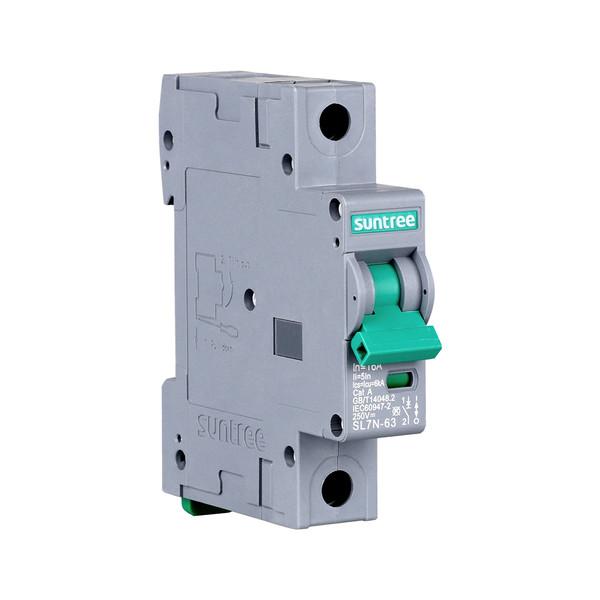How Do Circuit Breakers Work

Every home's electrical system has a circuit design that is controlled and protected by a circuit breaker or fuse. Most homes today now use circuit breakers to provide this control and protection for individual circuits, but older homes that have not upgraded their electrical systems may use fuses. Circuit breakers or fuses are usually located in the central main service panel or fuse box. Locate your main service panel and note whether your home uses circuit breakers or fuses. Circuit breakers look like switches, while fuses are round and screwed into an outlet.
Circuit breakers and fuses are safety measures that protect homes and people from fire, electric shock, and electrical and property damage.
Circuit Types
Standard: There are two types of simple circuit breakers: single-pole (most common) and double-pole. Both protect against current overloads and short circuits and prevent wires from overheating. Single-pole breakers protect one wire (120 volts, 15-20 amps). Double-pole breakers protect two wires (120 to 240 volts, 15 to 200 amps).
GFCI (Ground Fault Circuit Interrupters): These circuit breakers protect the entire circuit, including all wiring and equipment. This breaker panel provides full ground fault protection. These are essential for use in areas where water and moisture are present, such as kitchens, bathrooms, laundry rooms, outdoor spaces, and basements.
AFCI (Arc Fault Circuit Interrupters): Arc Fault Circuit Interrupters detect abnormal paths of current or electrical jumps (parallel arcing) from one circuit to another; this circuit breaker stops the power supply before a spark becomes a fire. These breakers are best suited for homes or electrical systems with old and frayed wiring.
CAFCI (Combination Arc Fault Circuit Interrupters): Arc fault circuit breakers also protect against parallel arcing and have the advantage of protecting against series arcing. Series arcing is the jumping of current along the same circuit, for example, from one part of a wire to another.
What Happens When a Circuit Trips
When all the lights and fixtures in a part of the house dim or die at the same time, it's because one of the circuit breakers "tripped" or one of the fuses blew. These devices automatically shut off power to the circuit when there is a problem.
For circuit breakers, the straightforward answer is to find the tripped breaker and reset the lever to the ON position. When a fuse blows, the wire inside the fuse has blown through, which means you need to replace the fuse with a new one.
To avoid the problem from happening again, you should understand why the circuit breaker tripped or the fuse blew. In rare cases, a circuit breaker may be damaged and need to be replaced by a professional. However, in most cases, the circuit breaker or fuse only comes into play when it blows. Circuit breakers are designed to trip and fuses are designed to blow and shut off power in the event of four dangerous conditions: circuit overload, short circuit, ground fault, or arc fault.
- Art
- Causes
- Crafts
- Dance
- Drinks
- Film
- Fitness
- Food
- Giochi
- Gardening
- Health
- Home
- Literature
- Music
- Networking
- Altre informazioni
- Party
- Religion
- Shopping
- Sports
- Theater
- Wellness
- IT, Cloud, Software and Technology


